The planting of vegetables has a lot to do with the local climate, market and management level. Among the vegetable planting bases all over China, some have already formed a considerable scale, and the income of vegetable farmers is also very considerable. As the Chinese government has continued to increase its support for agriculture in recent years, the prospects for vegetable planting are promising. This post will introduce you to the top 10 vegetable planting bases in China.
[lwptoc numeration=”none” title=”The Top 10 Vegetable Planting Bases In China” width=”full”]1. Shouguang 寿光
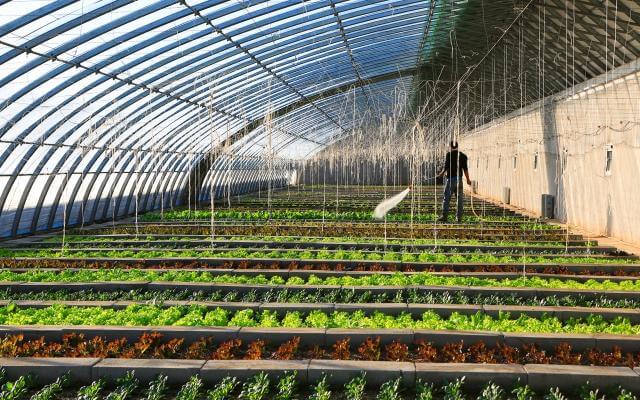
Shouguang is the “Hometown of Vegetables in China” named by the State Council and has the largest vegetable production and wholesale market in the country. The Shouguang vegetables it produces are one of the famous specialties of Shandong Province. Shouguang vegetables are planted on a large scale, with a wide variety of varieties, green, pollution-free, and rich in nutrients, creating Shouguang’s “brand vegetables”. At present, Shouguang vegetables have been sold to more than 200 large and medium-sized cities in more than 30 provinces, municipalities and autonomous regions across the country, and exported to Japan, South Korea, Russia, the United States, Venezuela and other countries, and are deeply loved by consumers all over the world.
2. Zhangbei County 张北县
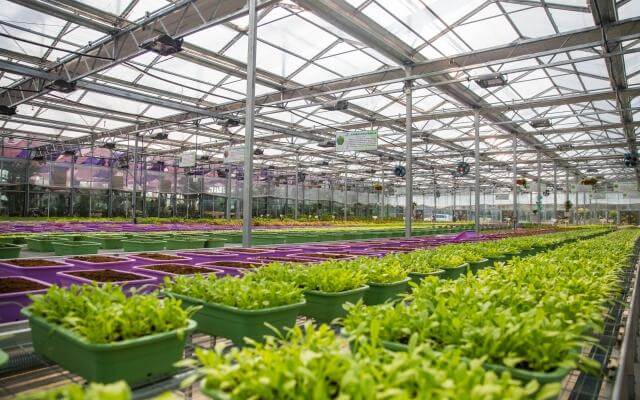
The vegetable planting area of the county has reached 180,000 mu, with an annual output of more than 700,000 tons. In Zhanhai, No. 3, Zhangbei Town, Mantouying and other townships, 8 vegetable bases with a planting scale of more than 10,000 mu have been built, and specialized vegetable production villages. , 58 key villages. The certified area of pollution-free vegetable base reaches 170,000 mu, and the certified area of organic vegetable base is 2,500 mu. This further improves the grade of vegetables, enriches vegetable varieties, extends the time to market, and improves the efficiency of vegetable planting. At the same time, the county vigorously developed facility vegetable planting and built 9 ministerial facility vegetable standard gardens. The county’s facility vegetable planting area reached nearly 10,000 mu.
3. Pengzhou 彭州
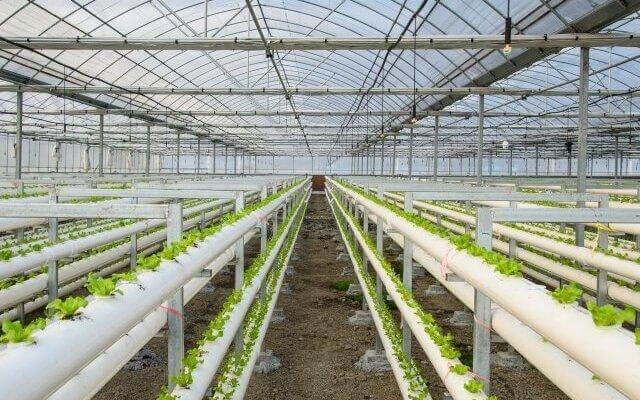
Pengzhou City is the country’s five major commodity vegetable production bases, the top ten counties (cities) in the national vegetable industry, the national pollution-free vegetable production demonstration base, the hometown of vegetables in western China, and the largest production and sales base of pollution-free vegetables and green food vegetables in western China. Vegetables and their processed products are sold in more than 30 provinces, regions, cities, and more than 300 cities (counties) across the country, and are exported to Japan, South Korea, Russia, Southeast Asia and other countries and regions. Over the years, the vegetable industry in Pengzhou has been developing rapidly with the support and help of relevant higher-level departments. The annual planting area is 670,000 mu, with more than 200 varieties in 14 categories, with an output of more than 1.6 billion kilograms, and an annual sales of 1.2 billion fresh vegetables. More than kilograms, more than 70,000 tons of vegetable products.
4. Yuanmou 元谋
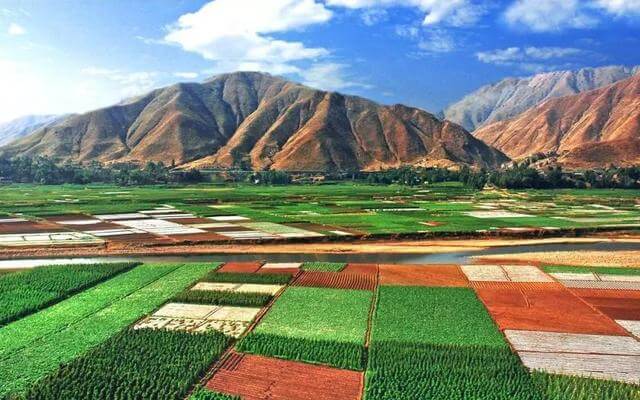
Yuanmou is an important vegetable producing area in Yunnan Province. Yuanmou vegetable industry has become one of the largest winter vegetable production areas in Yunnan. Its products are not only sold in 157 large and medium-sized cities in China, but also more than 30,000 tons of onions, tomatoes, kidney beans, burdock, Scallions, etc., are exported to South Korea, Japan, Russia, the United States, the European Union and Southeast Asian countries through the Chengdu-Kunming Railway re-export trade. Vegetable export accounts for a quarter of Yunnan’s total export of winter and spring vegetables to the province.
5. Shen County 莘县
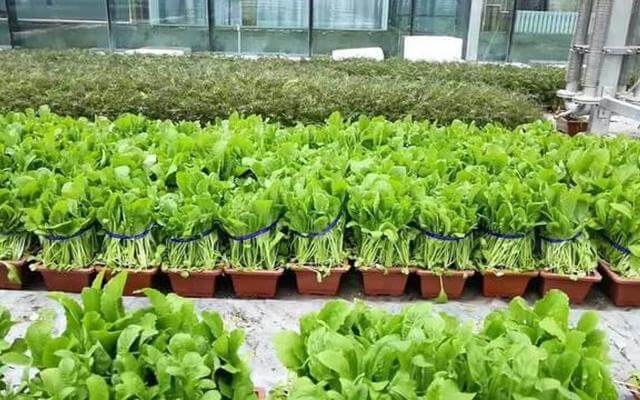
Shen County is a large agricultural county and a large vegetable county. The annual sown area of melon and vegetable fungi is 900,000 mu, including 260,000 mu of winter warm greenhouses and 190,000 mu of large, medium and small arched sheds. The cultivation area of edible fungi is 6 million square meters. The total area of melon and vegetable fungi is 6 million square meters. With an output of more than 3.6 million tons, it has 38 certified brands of pollution-free, green and organic products. Shen County has formed a muskmelon production base mainly in Yandian, Hedian, Weizhuang and other townships. The annual planting area is 80,000 mu and the output reaches 400,000 tons. It is the largest melon production base in the country. In 2015, the sown area of melons and vegetables in Shen County reached 970,000 mu, and the cultivation area of edible fungi reached 6 million square meters, with a total output of 4.7 million tons. It was rated as the first vegetable county in China.
6. Yongnian District, Handan 邯郸永年区
Handan Yongnian District is one of the top ten vegetable counties in the country and a national pollution-free vegetable demonstration base county, with an annual output of 3 billion kilograms of fresh vegetables. The Nandabao Vegetable Wholesale Market in Yongnian District is the leader in the development of the vegetable industry in the district and is one of the top 100 vegetable markets in the country. It has been named “Agricultural Industrialization Dragon Economy” by the Hebei Provincial Government. Through this market, an average of more than 5 million kilograms of pollution-free vegetables are sold throughout the country every day. At present, Yongnian’s annual vegetable planting area is 750,000 mu, with an annual output of 3 billion kilograms of fresh vegetables and an output value of 3.2 billion yuan. There are 13 townships and 80,000 farmers engaged in vegetable production. With excellent vegetable quality, vegetable products in this area are sold well in China. Many large and medium-sized cities have established direct sales agreements with the vegetable wholesale markets in Beijing, Jiangsu and other places.
7. Xinye 新野
Xinye is a national demonstration county for pollution-free vegetable production bases. The annual vegetable planting area is about 350,000 mu. It has a county vegetable wholesale market that can handle 2 million kilograms of vegetables a day. It is also the largest vegetable garden and one of the largest vegetable markets in the Central Plains. According to the editors of MAIGOO, the total annual output of Xinye vegetables is nearly 2 billion kilograms. The county has developed more than 20,000 sunlight greenhouses and lightweight cement skeleton greenhouses to produce high-end fine vegetables, road vegetables and dehydrated vegetables for long-distance trafficking. More than 100 varieties, the products are sold to more than 500 large and medium-sized cities in 29 provinces, cities, and autonomous regions including Beijing, Guangzhou, Changchun, Shenyang, Dalian, Wuhan, Changsha, Xi’an, etc., and are also exported to Russia, Vietnam, South Korea, Japan, etc. More than 10 countries and regions.
8. Zhanjiang 湛江
Zhanjiang is a well-known winter vegetable supply base in the country. It is my country’s largest vegetable production base for the transportation of vegetables from the south to the north. Winter vegetables have been transported to the north with a history of more than 30 years. In recent years, the annual planting area of winter vegetables in Zhanjiang is more than 1.1 million mu, and the export volume has reached 1.8 million tons. The planting area, output and output value are the first in the national transportation base of southern vegetables and north, and it has a pivotal position in the national winter vegetable industry. Zhanjiang winter vegetables are mainly sold to East China, Central China, North China, Northeast China, Northwest China, Guangzhou, Shenzhen and other places. There are more than 800 marketing outlets in 25 provinces (cities) across the country. In the winter vegetable market in the three northeast provinces, Zhanjiang winter vegetables The market share is as high as 30% for individual types as much as 50%.
9. Zhangye 张掖
Zhangye is one of the production bases for the east transportation of western vegetables in the Northwest Hexi Corridor, with an annual planting area of 700,000 mu, an output of nearly 2.5 million tons, and an output value of 2.5 billion yuan. Zhangye City is located in the middle of the Hexi Corridor. Because of its deep and developed agricultural foundation, Zhangye has the reputation of “Jin Zhangye”. Due to the advantages of natural conditions such as long sunlight time, high effective accumulated temperature, and strong natural isolation, the green, pollution-free, high-quality vegetables grown on the Gobi Desert in Zhangye have been welcomed by markets at home and abroad. Driven by the Gobi Vegetable Industrial Park, local companies took advantage of the high demand for off-season vegetables in overseas markets to sell agricultural products such as onions, potatoes, tomatoes, peppers and garlic to Vietnam, Myanmar, Russia and Central Asian countries. Radiation in major markets such as Guangzhou, Shanghai and Hangzhou.
10. Lanzhou 兰州
Lanzhou has become one of the main bases for the eastward transfer and southward transportation of vegetables in China. Every day a large variety of characteristic vegetables are continuously sold from Lanzhou to other provinces. In 2001, the city’s total vegetable output reached 1.1 billion kilograms, more than twice the city’s demand, and 450 million kilograms of vegetables were sold to other places. Among them, leeks, lilies, broccoli, potato and other vegetables enjoy high reputation at home and abroad. At present, the vegetable area in the city has reached 430,000 mu, of which 300,000 mu of facility vegetables and local characteristic vegetables, with a total output of 1.1 billion kilograms, an annual output value of 2.8 billion yuan, and 30% of farmers’ income comes from the vegetable industry.